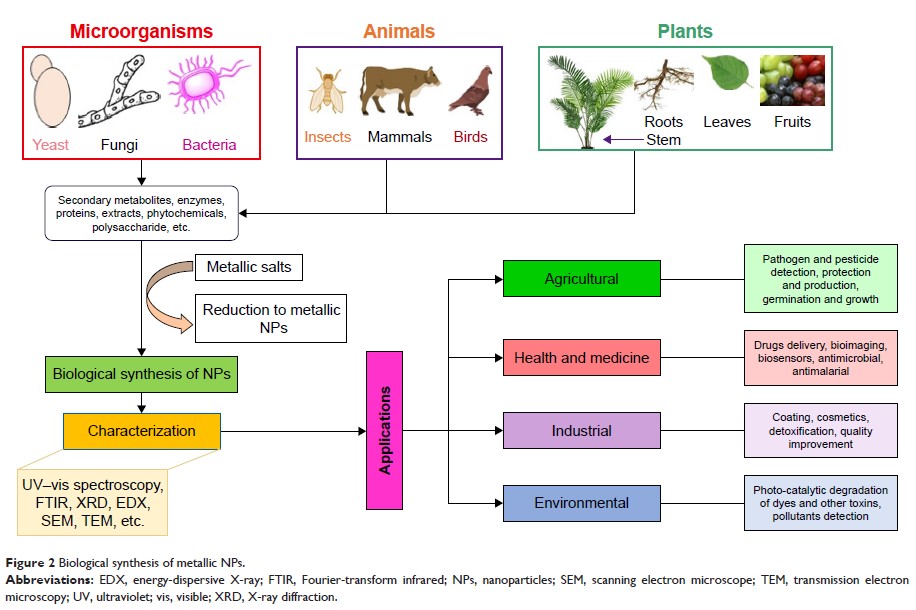108605
论文已发表
注册即可获取德孚的最新动态
IF 收录期刊
- 3.4 Breast Cancer (Dove Med Press)
- 3.2 Clin Epidemiol
- 2.6 Cancer Manag Res
- 2.9 Infect Drug Resist
- 3.7 Clin Interv Aging
- 5.1 Drug Des Dev Ther
- 3.1 Int J Chronic Obstr
- 6.6 Int J Nanomed
- 2.6 Int J Women's Health
- 2.9 Neuropsych Dis Treat
- 2.8 OncoTargets Ther
- 2.0 Patient Prefer Adher
- 2.2 Ther Clin Risk Manag
- 2.5 J Pain Res
- 3.0 Diabet Metab Synd Ob
- 3.2 Psychol Res Behav Ma
- 3.4 Nat Sci Sleep
- 1.8 Pharmgenomics Pers Med
- 2.0 Risk Manag Healthc Policy
- 4.1 J Inflamm Res
- 2.0 Int J Gen Med
- 3.4 J Hepatocell Carcinoma
- 3.0 J Asthma Allergy
- 2.2 Clin Cosmet Investig Dermatol
- 2.4 J Multidiscip Healthc

纳米生物技术:治疗和预防疟疾的新方法
Authors Rahman K, Khan SU, Fahad S, Chang MX, Abbas A, Khan WU, Rahman L, Haq ZU, Nabi G, Khan D
Received 12 October 2018
Accepted for publication 22 January 2019
Published 21 February 2019 Volume 2019:14 Pages 1401—1410
DOI https://doi.org/10.2147/IJN.S190692
Checked for plagiarism Yes
Review by Single-blind
Peer reviewers approved by Dr Govarthanan Muthusamy
Peer reviewer comments 2
Editor who approved publication: Dr Mian Wang
Abstract: Malaria,
the exterminator of ~1.5 to 2.7 million human lives yearly, is a notorious
disease known throughout the world. The eradication of this disease is
difficult and a challenge to scientists. Vector elimination and effective
chemotherapy for the patients are key tactics to be used in the fight against
malaria. However, drug resistance and environmental and social concerns are the
main hurdles in this fight against malaria. Overcoming these limitations is the
major challenge for the 21st-century malarial researchers. Adapting the
principles of nano-biotechnology to both vector control and patient therapy is
the only solution to the problem. Several compounds such as lipids, proteins,
nucleic acid and metallic nanoparticles (NPs) have been successfully used for
the control of this lethal malaria disease. Other useful natural reagents such
as microbes and their products, carbohydrates, vitamins, plant extracts and
biodegradable polymers, are also used to control this disease. Among these
particles, the plant-based particles such as leaf, root, stem, latex, and seed
give the best antagonistic response against malaria. In the present review, we
describe certain efforts related to the control, prevention and treatment of
malaria. We hope that this review will open new doors for malarial research.
Keywords: malaria, vectors, chemotherapy, drug
resistance, nano-biotechnology
